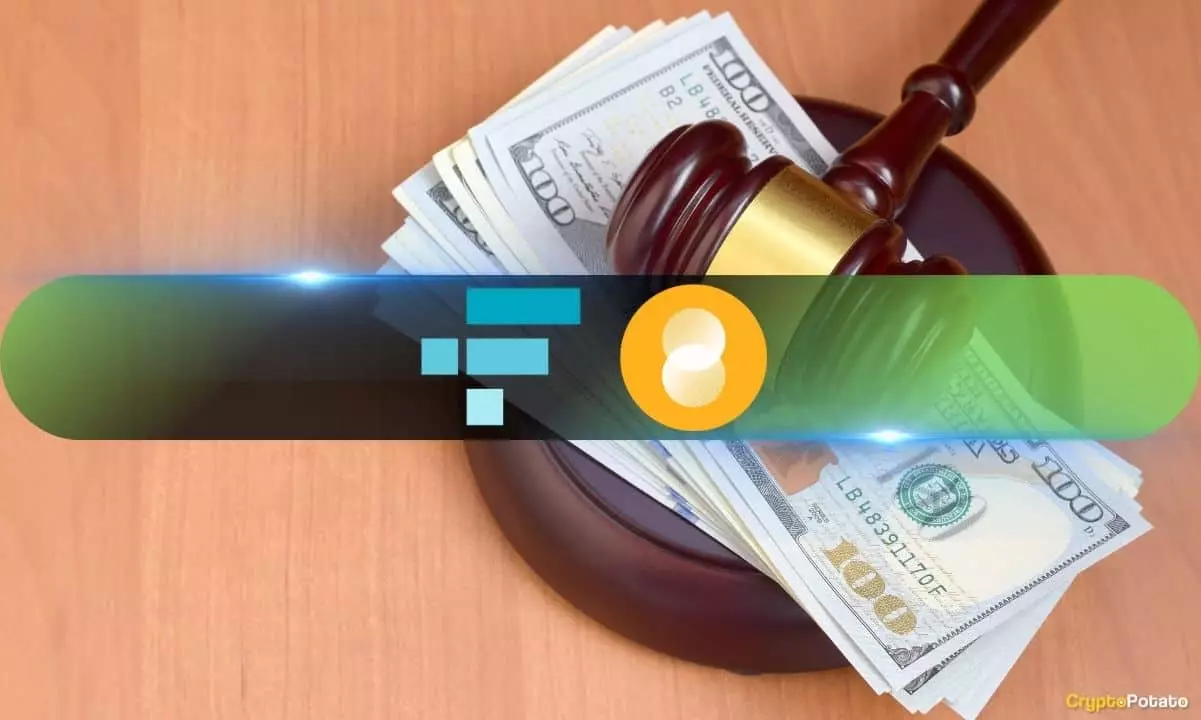In a significant move aimed at mitigating creditor losses, FTX has resolved its lawsuit against Bybit, along with the latter’s executives and investment arm, Mirana Corp. This settlement, amounting to approximately $228 million, is pivotal for the beleaguered exchange as it strives to repay its creditors following its notorious collapse in late 2022. The lawsuit, filed by the FTX estate in 2023, sought to recoup assets for former customers and creditors, underscoring the ongoing ripple effects of the exchange’s dramatic fall from grace.
The Settlement Details
The specifics of the settlement, revealed in a court filing dated October 24, indicate that FTX aims to reclaim $175 million in digital assets nestled within Bybit’s platform while simultaneously selling $52.7 million in BIT tokens to Mirana Corp. This agreement represents not just a financial transaction but also marks a compromise that prioritizes the interests of all parties involved. With litigation posing a risk of further depleting the resources necessary for creditor repayments, FTX argues that this settlement paves the way for a more definitive and timely resolution.
Pending court approval, this settlement is positioned as a crucial development in FTX’s bankruptcy proceedings. A hearing is scheduled for November 20, 2024, to validate the agreement. Notably, FTX has also requested a waiver of the customary 14-day waiting period for asset distribution, emphasizing the urgency of expediting financial recovery for its creditors. This maneuver is reflective of the broader ambitions to ameliorate the financial impact on those affected by the exchange’s failure.
The implications of FTX’s bankruptcy are manifold, not only affecting its direct users but also profoundly impacting the cryptocurrency ecosystem. Following its filing for bankruptcy, FTX embarked on a robust strategy to retrieve assets, which included a barrage of lawsuits. The specific lawsuit against Bybit and Mirana initially sought a staggering $1 billion, with grave allegations that Bybit exploited its elite status to siphon funds even when FTX had halted withdrawals for other users. Such accusations illuminate the intricate web of interactions within the cryptocurrency industry, highlighting how quickly trust can erode in the face of financial turmoil.
As the bankruptcy estate progresses towards asset recovery, the recent approval of FTX’s bankruptcy plan signifies a potentially hopeful turn for creditors. With projections indicating a reimbursement of about 98% of claims in cash, and an overall recovery estimation between $14.7 billion and $16.5 billion, the path taken to rectify the consequences of FTX’s collapse could reshape investor confidence in the broader cryptocurrency landscape. The string of lawsuits and settlements initiated post-collapse illustrates the industry’s shifting regulatory dynamics, and FTX’s ongoing journey serves as a critical case study on corporate responsibility and the importance of regulatory compliance in the digital asset realm.
While the settlement with Bybit marks a significant milestone for FTX, it embodies broader lessons for the cryptocurrency market, emphasizing the necessity for transparency and stronger regulatory measures. The future remains precarious, but these early steps could signal a redefined approach to accountability among digital asset platforms.

